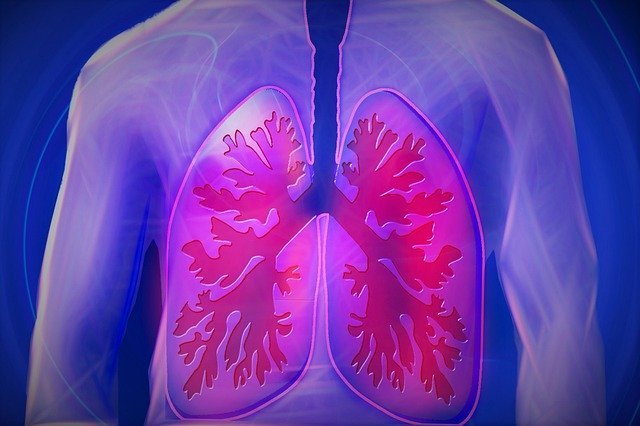
In a new study, researchers have identified a protein that indicates if a lung cancer tumor is likely to metastasize.
The protein could be used as a biomarker to develop a rapid, minimally invasive test to catch these cancers early when they are more treatable.
The research was conducted by a team at Tulane University.
Non-small cell lung cancer (NSCLC) is the most commonly diagnosed cancer and the leading cause of cancer death worldwide.
More than half of NSCLC patients die after developing metastases.
There are no tests currently that would allow doctors to identify patients where more aggressive therapy could reduce mortality.
Most patients with NCSLC aren’t diagnosed until their primary tumor has metastasized to other parts of the body.
However, even patients diagnosed with non-metastatic NSCLC tumors of the same stage can often have very different treatment outcomes.
A marker that could identify which patients are likely to develop metastatic NSCLC, would aid in selecting those patients who should receive different treatment approaches to reduce their risk of metastasis and improve odds for long-term survival.
But no biomarkers identified to date have adequate sensitivity, specificity, or reproducibility for this purpose and most require tumor samples that require invasive procedures that are not suitable for repeated analyses.
In the study, the team examined proteins carried by extracellular vesicles shed by NSCLC cells to determine which might serve as markers for metastatic NSCLC cells.
They identified a protein that was highly expressed on extracellular vesicles of metastatic but not nonmetastatic NSCLC cells.
This could predict which NSCLC patients were at increased risk for metastasis when its expression was analyzed on extracellular vesicles isolated from their blood.
The lead author of the study is Tony Hu, Weatherhead Presidential Chair in Biotechnology Innovation at Tulane University School of Medicine.
The study is published in Science Advances.
Copyright © 2020 Knowridge Science Report. All rights reserved.



